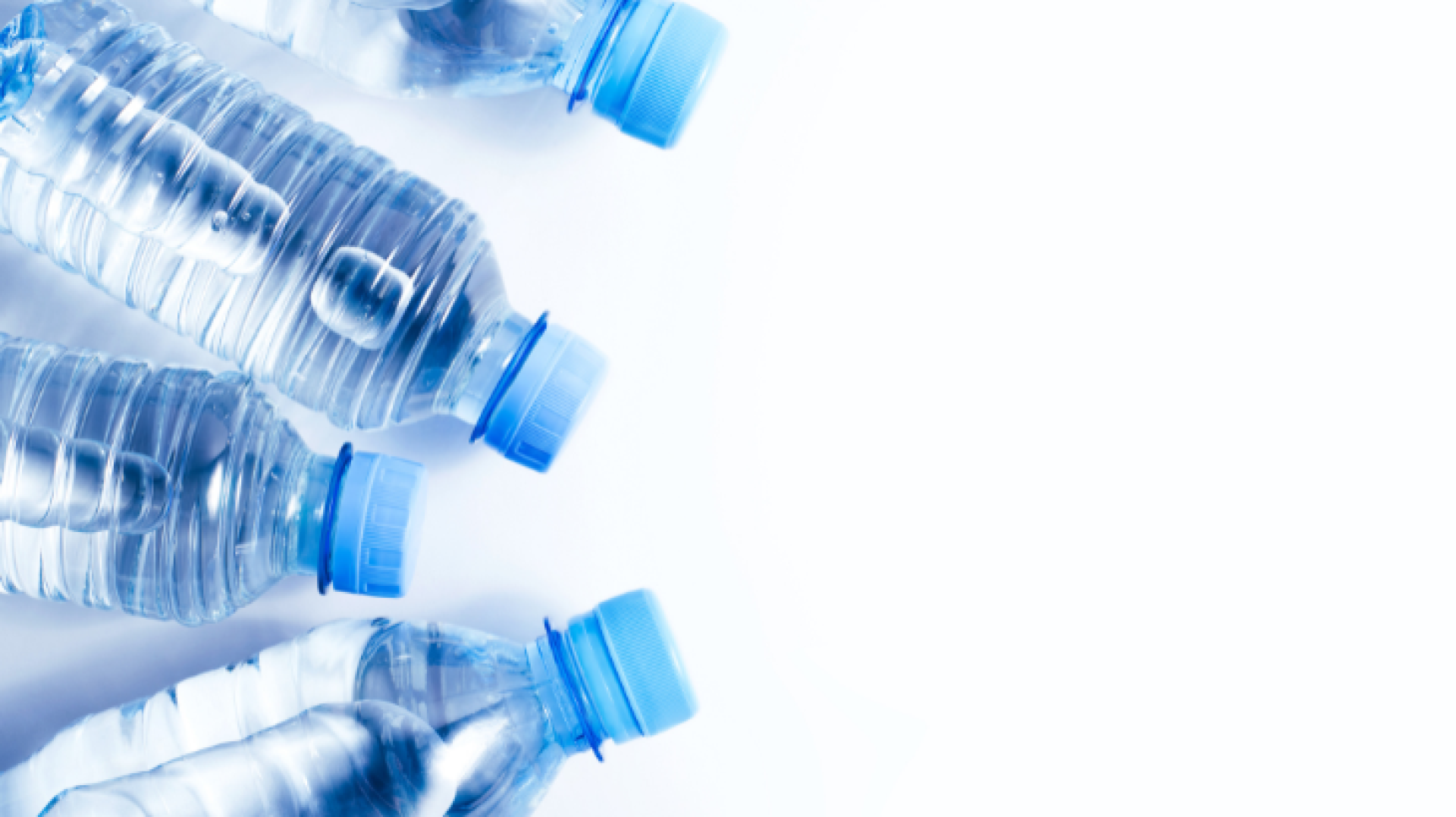Bottled water production and analysis standards: International safety for consumers

Bottled water production and analysis standards: international safety for consumers
Bottled water is an extremely important consumer product in our daily life. Whether it is in the household, office, educational institution or hospital. Controlling the quality of drinking water is therefore something that cannot be neglected. and must be carried out in accordance with standards that are accepted at both the national and international levels. To ensure that consumers receive clean, safe, and healthy drinking water.
Standards and criteria for controlling the quality of bottled water
Thailand has set quality standards for bottled water. Department of Health, Ministry of Public Health Based on Announcement of the Ministry of Public Health No. 61 (1981) Regarding drinking water in sealed containers and Ministry of Public Health Announcement No. 135 (1991) Concerning drinking water in sealed containers (No. 2), which has control criteria covering many aspects. For example:
- Physical characteristics: Drinking water must be clear, colorless, odorless and not have any unusual taste.
- Chemical value:
- The acidity-alkaline value (pH) must be in the range 6.5 8.5.
- Quantity of minerals and various chemicals Must be within safe limits as specified, such as fluoride, nitrate, manganese, iron, sulfate, etc.
- Microbiological values: Total Coliforms and E. coli must not be found in a 100 ml water sample.
- Heavy metals: The amount of heavy metals such as mercury, lead, cadmium, manganese, iron must not exceed the specified standard values.
- Organic substances and other toxic substances: The amount of organic substances and toxins such as cyanide, chloroform, chlorine must be at a level that is not harmful to health.
Important points in controlling the quality of drinking water:
This is despite a long list of contaminants and regulatory criteria. Some elements that require special attention in the analysis include:
1. Manganese (Mn):
- Thailand Department of Health standards: not more than 0.3 milligrams per liter (Link to the Department of Health website)
- World Health Organization (WHO) standard: recommended not more than 0.08 milligrams per liter (Link WHO website)
- Impact: If the amount of manganese exceeds the standard May cause sediment in the water. The color of the water changes and may accumulate in the body when consumed for a long time
Method of analysis:
- Spectrophotometry: It is a fast and accurate method. Can measure the absorbance of a solution after adding chemicals that react with manganese to cause color. Can measure low levels (ppb) and can be applied for analysis at the production site. The chemicals are available with or without cyanide. which users can choose to use without cyanide To make it easier to manage and eliminate the burden of requesting registration with government agencies which is very difficult.
- Inductively Coupled Plasma Optical Emission Spectrometry (ICP-OES) or Atomic Absorption Spectroscopy (AAS): is a highly accurate technique. Suitable for quality laboratory analysis. But it is expensive and inconvenient for off-site analysis.
2. Iron (Fe):
- Standard of the Department of Health of Thailand: not more than 0.3 milligrams per liter (Link to the Department of Health website)
- World Health Organization (WHO) standard: not more than 0.3 milligrams per liter (Link WHO website)
- Effects: Iron content exceeding the standard may affect the taste and odor of the water. Including it may cause rust stains in the container.
Method of analysis:
- Spectrophotometry: Same as manganese analysis. This method can measure the absorbance after color reaction quickly, accurately, and can be done at the production site.
- Atomic Absorption Spectroscopy (AAS): a highly accurate and reliable method. Suitable for laboratory analysis But there are limitations in terms of cost and ease of use outside of the premises.
3. Fluoride (F):
- Thailand and WHO standards: not more than 0.7 milligrams per liter (Link to the Department of Health website), (Link to the WHO website)
- Effects: Proper amounts of fluoride help in preventing tooth decay. But if received in excessive quantities May cause freckled teeth or bone abnormalities.
Method of analysis:
- Ion Selective Electrode (ISE): uses an electrode that is specific to fluoride ions to measure the amount.
- SPADNS Method: is a method that creates pigments that are related to the amount of fluoride. and measure with a machine Spectrophotometer which gives fast, accurate results and can be analyzed at the production site.
4. Microorganisms (Bacterial Contamination):
- Criteria: Microorganisms must not be found in drinking water.
- Main bacteria examined: Total Coliforms and E. coli or Fecal Coliforms, which are indicators of contamination from sewage.
Method of analysis:
- Membrane Filtration (MF): Water is filtered through a filter with a pore size of 0.45 micrometers to trap microorganisms. The filters were then grown on culture media.
- Most Probable Number (MPN): is a method for preliminary estimation of microbial load using a series of test tubes.
- Colilert Test: is a rapid test kit that can provide accurate coliform and E.coli detection results within 24 hours.
Conclusion:
Bottled water production standards and analysis are processes that require Scientific knowledge and a strict quality control system, with the Department of Health, Ministry of Public Health and the World Health Organization (WHO) being the main agencies in setting standards and guidelines. To protect consumers from harmful contaminants such as manganese, iron, fluoride and bacteria. Paying attention to every production step From raw water sources to packaging processes Therefore, it is an important factor in ensuring the quality and safety of every drop of drinking water delivered to consumers. In terms of analyzing the quality of drinking water Various parameters You can contact and request additional information from the team immediately. The company has equipment, tools, and chemicals for water quality analysis that meet international standards.
